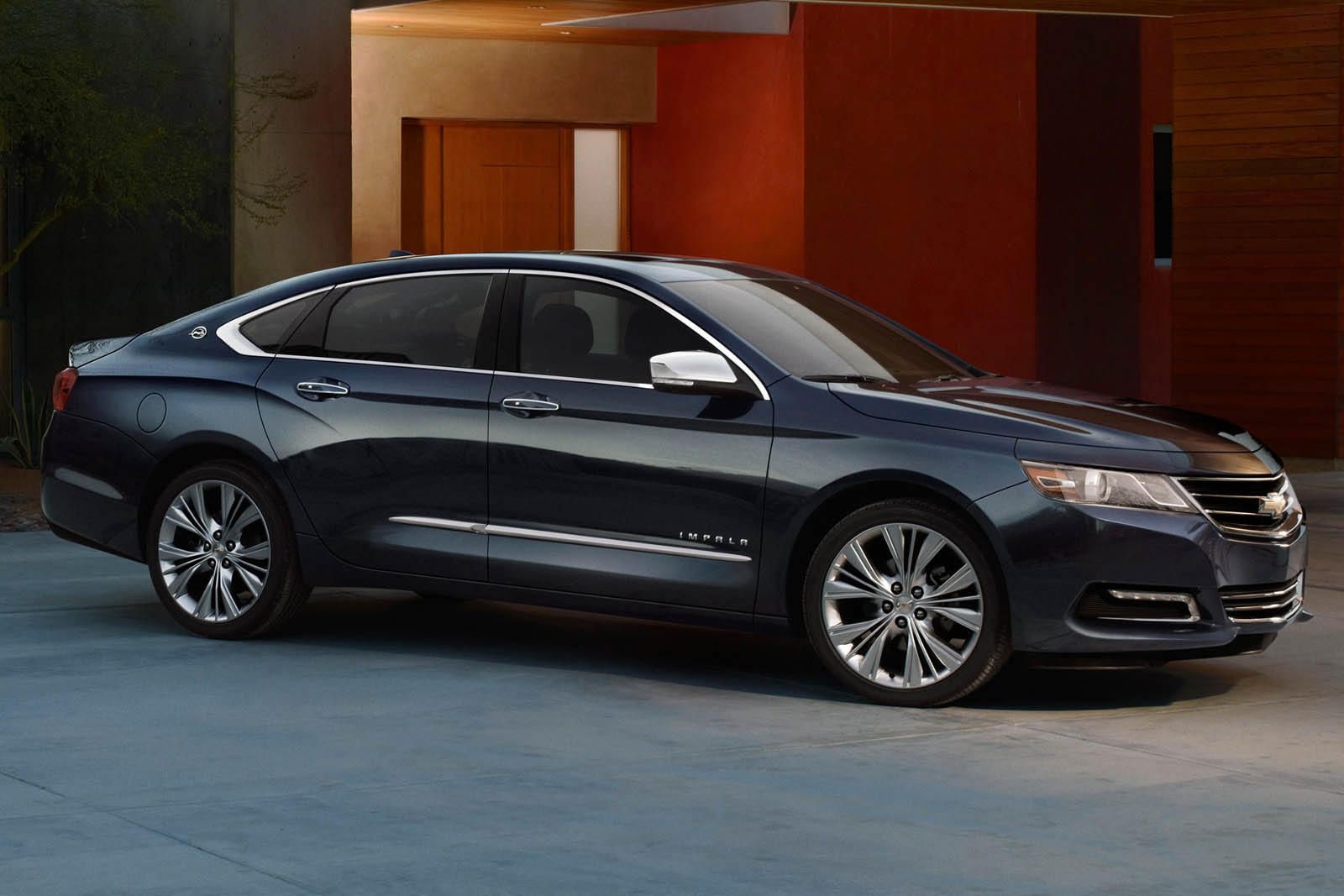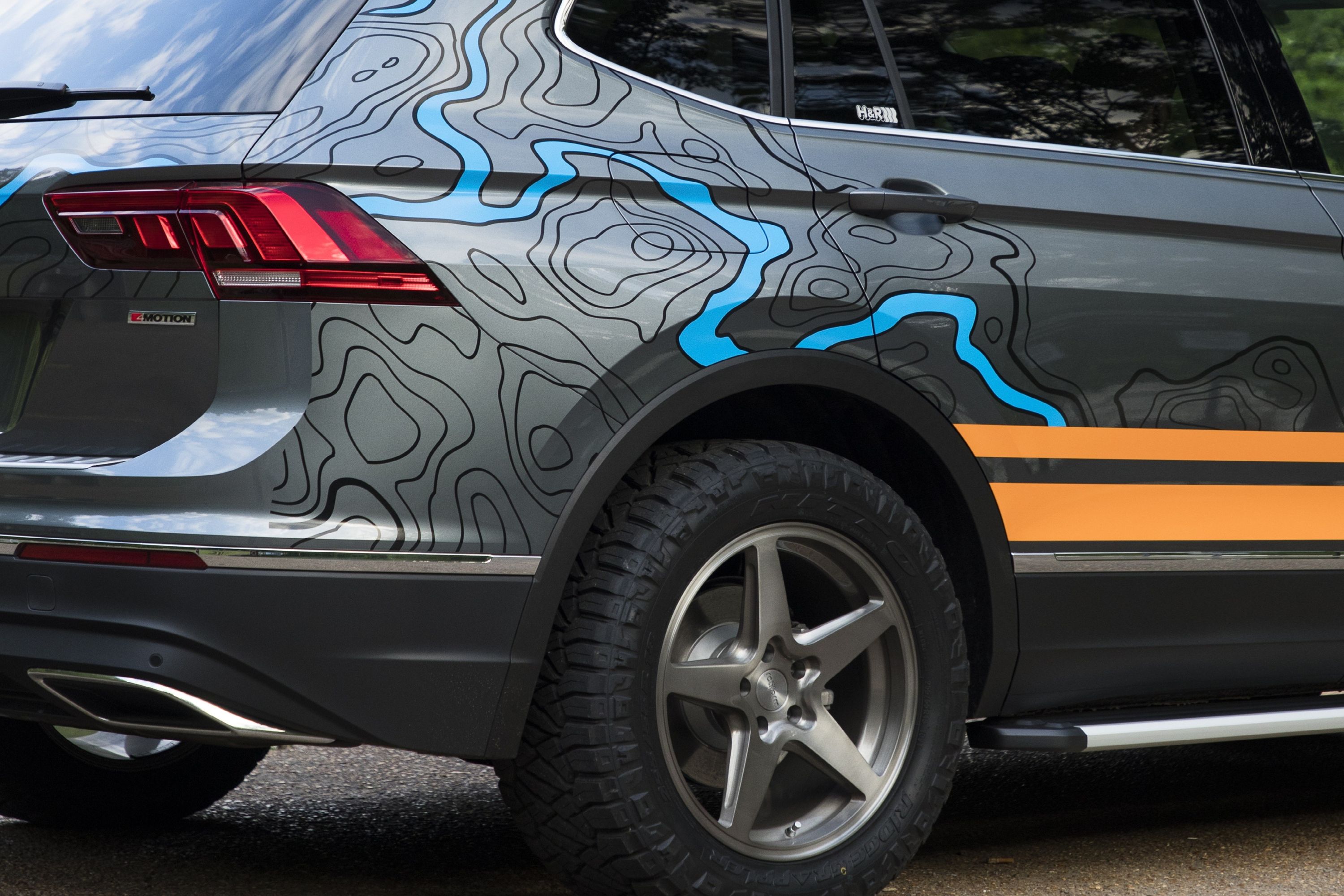
How To Protect Your Car’s Paint
Paint-protection film applied to cars' paintwork goes by many names. It is essentially a urethane-based protective film applied to the paintwork and, as such, can be called rock-chip protection, clear bra/wrap/mask, invisible shield, or scratch-protection film. All these names refer to the same basic type of invisible plastic-like film. This clear bra for cars can be applied to paintwork to seal and protect it against casual, everyday wear and damage such as chips, scratches, and the effects of chemicals, acid rain, and bird droppings.
The advantages of urethane became apparent in the 70s when 3M developed a variation of the film that could be applied to the leading edges of helicopter rotor blades to protect them, often obviating the need to replace entire rotor blades. Urethane films would continue to be applied on jet fighters' noses and eventually protect the body panels and decals on NASCAR race cars in the 80s. Today, this protective film for cars is widely available, too, the difference being that it is now even better and more advanced than its earlier versions, offering better protection than ever before.
Advantages and Disadvantages of An Invisible Car Bra
There are many car-protection pros to having a protective film applied to your car's paintwork, with most of them following from the successful military application of the technology:
- It keeps your car looking better for a longer time
- It provides a barrier between the paint and external sources of damage
- Self-healing properties allow it to regain its finish after minor damage
- It prevents the paint from fading and oxidizing
When it comes to pros and cons of clear bra auto treatment, there are not many downsides, but certain things can happen that are almost always a consequence of an inferior-quality product or an improper application process:
- Peeling occurs when the film is poorly applied or when there is excessive pressure-washer use.
- Blistering results from bubbles trapped under the film, which is another consequence of poor application.
- Yellowing is a common problem when an inferior-quality adhesive is exposed to UV radiation.
- Cost is a natural consequence of modifying your car, and this is a particularly pricey paint-protection measure.
Remember, PPF is not a paint-correction treatment, only a protective film for the existing paint finish. It cannot and does not alter the color finish or depth or repair existing damage. You will still need color correction and paint reparation before applying the film if it has faded. PPF products don't offer an exceptionally hydrophobic surface, which means water and debris might adhere to them more. Do your homework before choosing, because the product's performance will depend on its quality.
Urethane Paint-Protection Film (PPF) Technology
Car paint-protective film is urethane- or polyurethane-based, and most types consist of four distinct layers of clear-bra materials on top of each other:
- Release liner. The bottom layer, usually made of polyester, adheres directly to the paintwork.
- Adhesive. The flexible adhesive layer is typically made of acrylic, allowing it to flex and deform, so it will adhere to the complex shape of a car body.
- Urethane/polyurethane. The actual urethane (or polyurethane) layer is the thickest. It is lightweight, flexible, exhibits high impact and wear resistance, and returns to its original shape after being deformed.
- Clearcoat. The elastomeric polymers in the clearcoat give the film its ability to self-heal small scratches, and its low surface energy means that gunk does not want to adhere to it.
A Clear-Bra Installation Guide
Clear-bra installation is usually done by professionals, but a competent DIY job can be successful, too, if the instructions are meticulously followed. The basic steps for how to install paint-protection film are usually the same in either case:
- Cutting the film. First, the clear car protection film has to be cut in the right shapes. Thankfully, nowadays, you can order the right cutouts for your car, so you don't have to do this laborious part yourself. Make sure you know which part goes where.
- Paintwork preparation. The vehicle's paintwork must be meticulously cleaned. Follow our guide on home detailing here for a spotless surface. Remember, any dirt, impurities, or wax may prevent the film from sticking.
- Placing the film. This is the difficult part - installers will often use soap and water to slide the layer around until it is perfectly positioned before locking it in place.
- Anchoring. This is the 'locking in place' part, where a combination of rubbing alcohol and water - called the tack solution - is used to anchor the film in place.
- Finishing. During this step, there is limited time to finish the job and eliminate any air bubbles and liquid under the layer. Applying heat helps ensure that the film's edges properly adhere to the paint.
The Cons of PPF Car Treatment
There are not many downsides, but certain things can happen that are almost always a consequence of an inferior-quality product or an improper application process:
- Peeling occurs when the film is poorly applied, or when there is excessive pressure-washer use.
- Blistering is the result of bubbles trapped under the film, which is another consequence of poor application.
- Yellowing is a common problem when an inferior-quality adhesive is exposed to UV radiation.
- Cost is a natural consequence of modifying your car, and this is a particularly pricey paint-protection measure.
Remember, PPF is not a paint-correction treatment, only a protective film for the existing paint finish. It cannot and does not alter the color finish or depth, or mend existing damage. You will still need color correction and paint reparation before applying the film if it has faded. PPF products don't offer an exceptionally hydrophobic surface, which means water and debris might adhere to them more. Do your homework before choosing, because the performance of the product will depend on its quality.
Conclusions
How to protect car paint against the rigors of everyday wear and tear just became a lot easier. Considering how much time you spend reading countless car reviews and going on test drives before paying dearly for your new ride, it only makes sense to preserve its dashing good looks for as long as possible. You can have this car-paint protector applied to the front nose cone of your vehicle; the bumper, hood, mirrors, and fenders if you're only looking for protection for your car's front end; or the entire vehicle. It is only applied to the paintwork and not to unpainted plastic or rubber, such as a trunk spoiler.
High-quality PPF is now available to anybody at a reasonable price, so there's no excuse not to give your car's paintwork the protection it deserves. It is tougher and longer-lasting than other paint treatments, and remember that scratch-protection film for cars improves their resale value because it preserves the paintwork and guards against damage. Who knows, one day, future vehicles might have paint protection built in, but for now, we need to choose it ourselves if we want to prevent our cars from looking shabby after a few years on the road.

